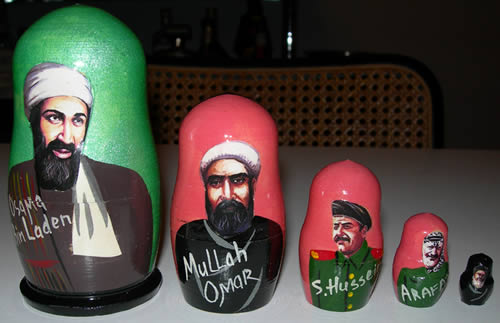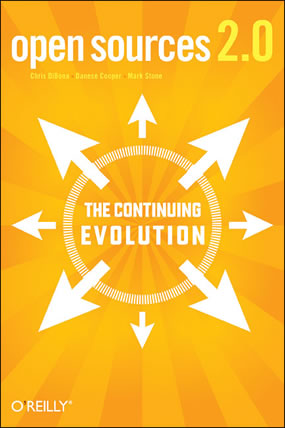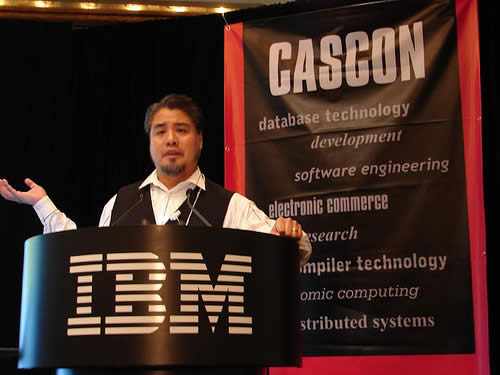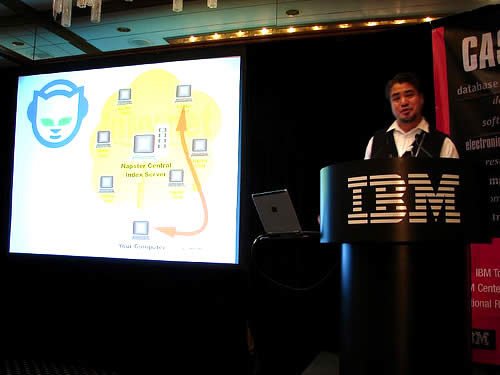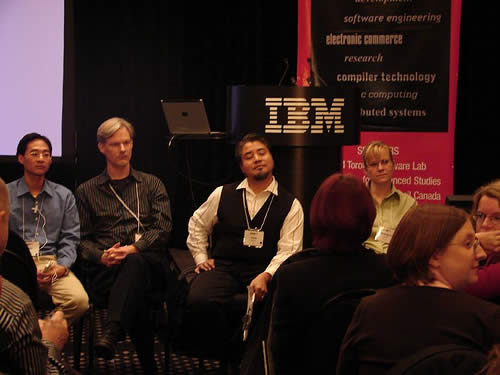Yesterday’s posting of the goth-themed Archie comic got BoingBoing-ed, leading to a spike in visits to this blog. Welcome, folks!
A number of posts across the blogosphere that linked to it made a couple of astute observations:
- This may be the first time in a long time that the goth subculture hasn’t been portrayed as unstable Columbine-style Trenchcoat Mafia killers. The goths in the comic seem pretty cheerful — they must be part of the perkygoth subcategory — and quite friendly to Betty, whom when she meets them is dressed as a “normal” (the term sometimes used by goths to describe non-goths, especially mainstream ones).
My own experience with goth-dom has been overwhelmingly positive. Being a keyboard player, I’m fond of much of the music, which tends to be synth-y. I’ve had many a lovely evening at the no-longer-existent local haunt, the Sanctuary Vampire Sex Bar, a wonderful establoshment owned by my friend Lance Goth. And lastly and most importantly, my first onstage appearance with an accordion was in front of a roomful of goths at Sanctuary, where my friend Karl Mohr and I played our first accordion rendition of Nine Inch Nails’ Head Like a Hole to great applause.
- Many have noted that Betty, like many kids who join some kind of subculture, is doing it for the attention.
- Reggie’s line at the end of the comic, “It’s totally dismal and excellent!” is an awesome catch phrase.
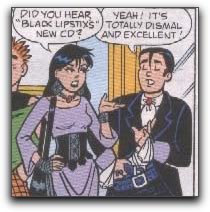
It has been said that the goth subculture is derived from two earlier subcultures: the new romantics and the punks. I don’t know if Archie or his pals ever appeared in a new romantic incarnation (wearing clothes from Parachute, listening to Visage and Vince Clarke-era Depeche Mode), but they’ve gone punk at least once, most notably in a “comic-within-a-comic” in issue 1 of Anarchy Comics:

Click the image to read the full comic.
Check out the full comic segment, titled Anarchie [433K JPEG file, may not be safe for work if your workplace is a little on the conservative side].
I rather like the lampooning of hippie parents — the pot-smoking Mr. Andrews (Archie’s dad) reminds me of a few of my friends’ folks.
[A tip of the hat to Josh Karpf for providing the comic!]
